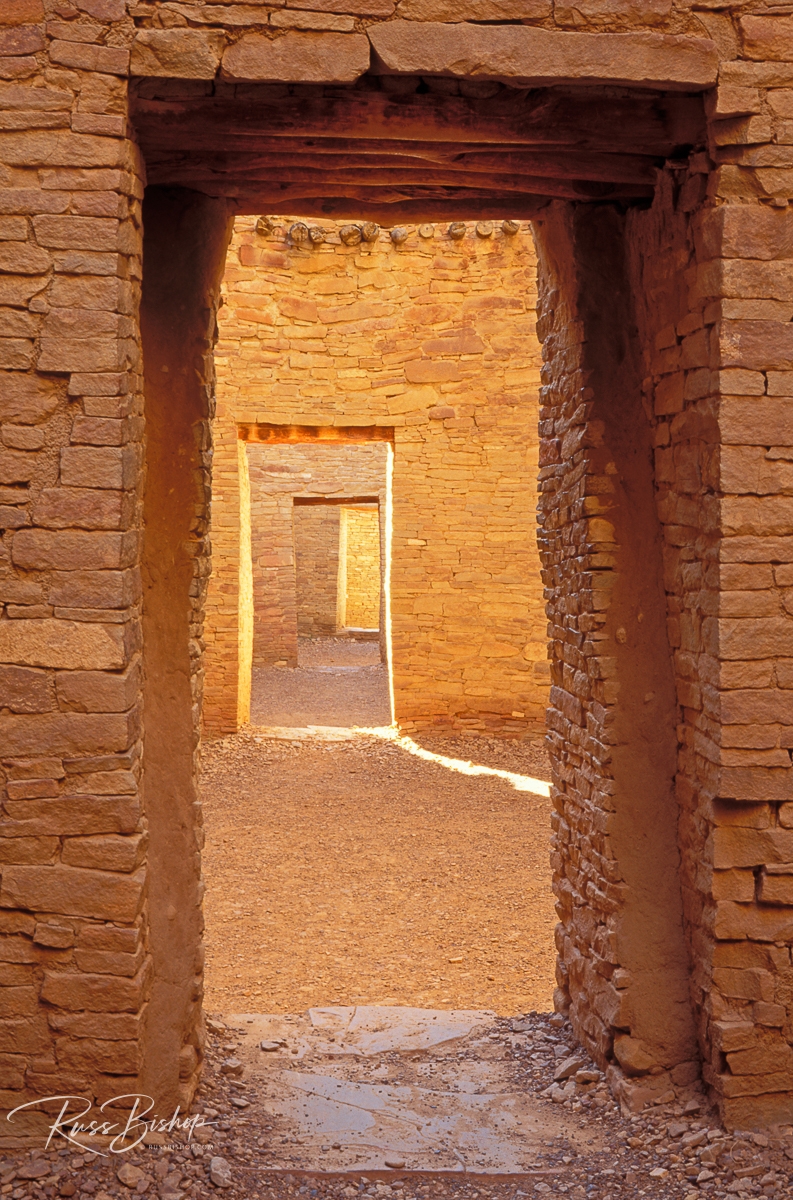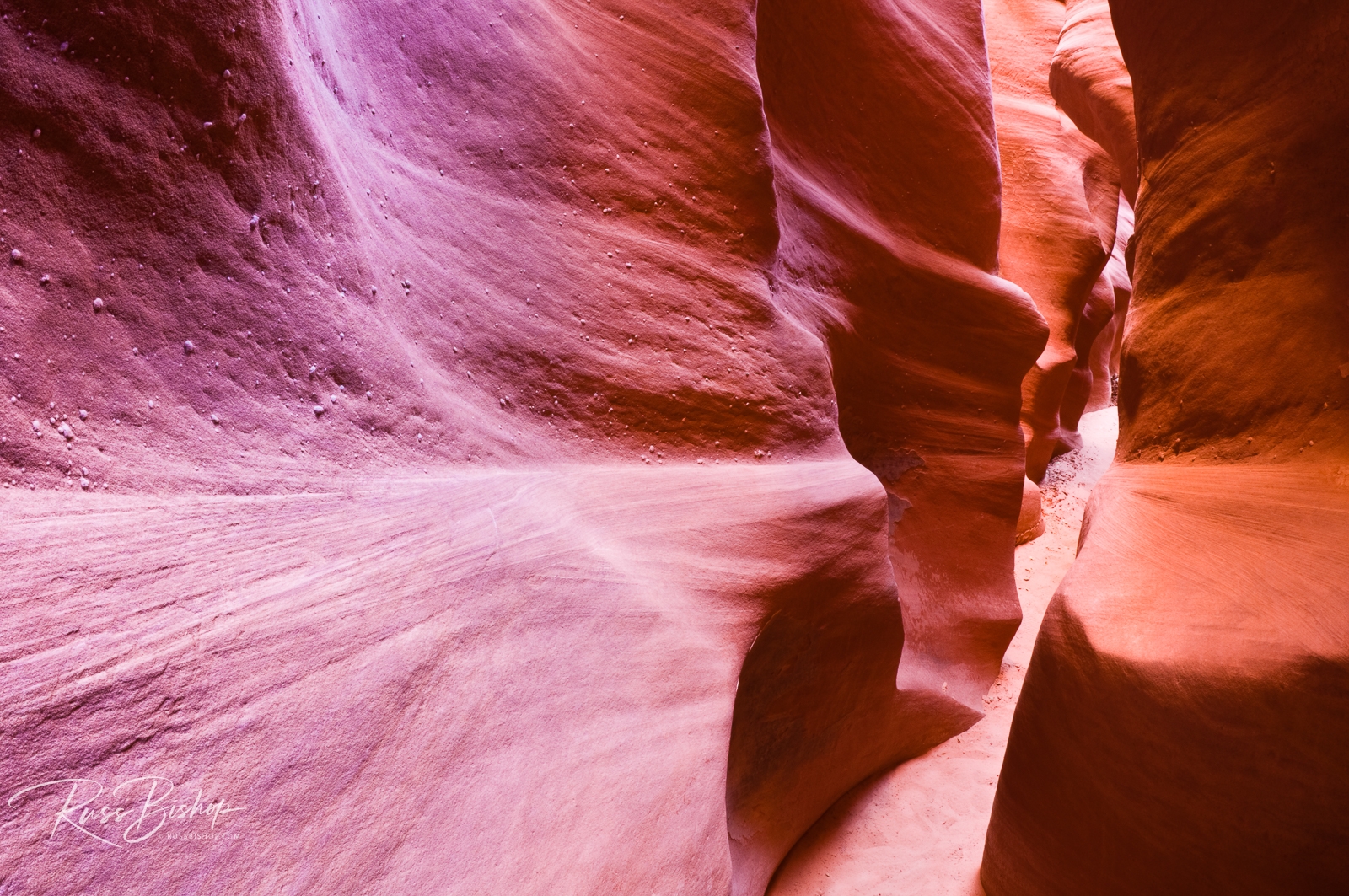
Canyon de Chelly National Monument in Arizona is one of the classic destinations in the American southwest. Rich in Native American culture and dramatic geology, it rivals the other more well-known parks in the region, yet it sees much fewer visitors.
Although it is managed by the National Park Service, this unique monument is located within the Navajo Indian Reservation, and many local families still live and farm within the canyon walls as their ancestors have done for nearly 5,000 years.
The Park encompasses two major canyons, Canyon de Chelly (pronounced ‘de-shay’), and Canyon del Muerto, both of which include many outstanding Anasazi cliff dwellings perched precariously along the canyon walls. And while there are many excellent viewpoints along the rim drive, nothing compares to a hike down into Canyon de Chelly to visit White House Ruin.
This dramatic ruin is an icon of the Colorado Plateau, and the only part of the inner canyon accessible without a Navajo guide. It is a wonderful photographic study in light and shadow as the afternoon light bathes the desert varnish of the imposing sandstone walls above.
Arizona is known as the Grand Canyon state and while that natural wonder is in a class by itself, the smaller scale and equally dramatic vistas make this special park well worth the detour when exploring the Four Corners area.
©Russ Bishop/All Rights Reserved


